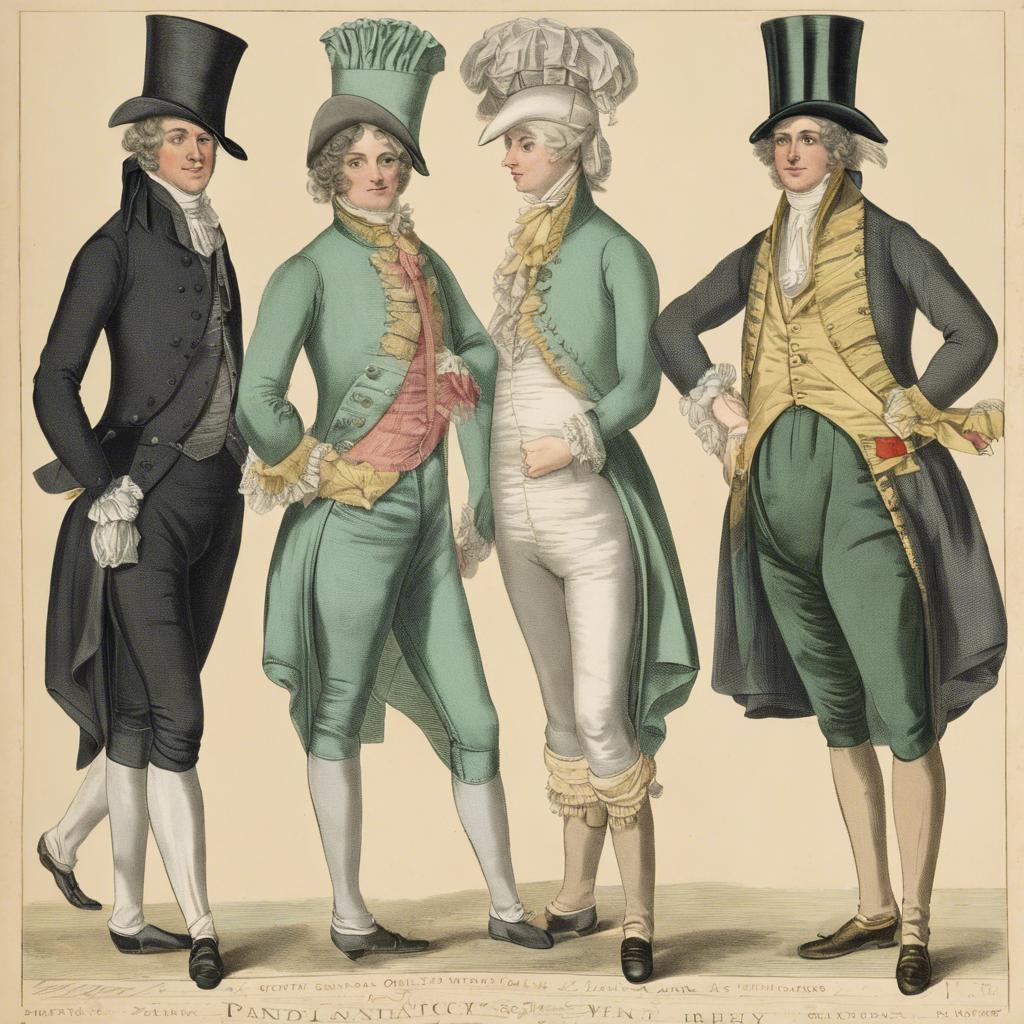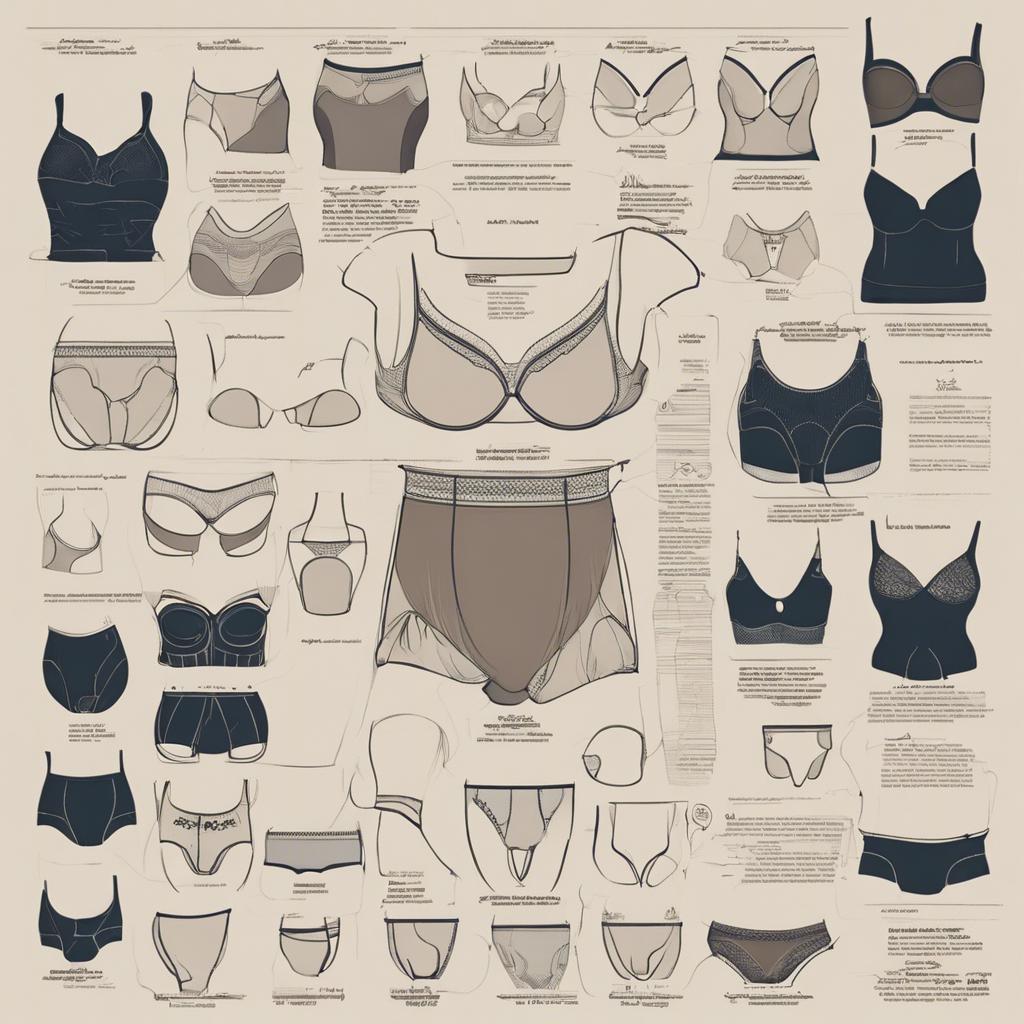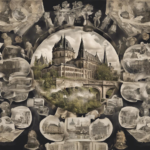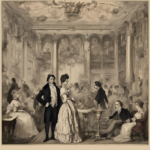As we delve into the fashion and societal norms of the Regency era, one cannot overlook the intricate and often overlooked world of underwear. During this period of cultural and literary flourishing, undergarments played a crucial role in shaping not only the silhouette of fashionable men and women, but also their behavior and social standing. Join us as we explore the elaborate world of Regency era underwear, from the intricacies of corsets and stays, to the practicalities of petticoats and drawers, and the complexities of social etiquette surrounding these intimate garments.
Introduction to Regency Era Undergarments
During the Regency Era, women’s undergarments played a crucial role in shaping their silhouettes and providing support for the intricate fashions of the time. Corsets were a staple of every woman’s wardrobe, designed to cinch the waist and create the desired hourglass figure. They were typically made of sturdy materials like whalebone or steel, with laces to tighten or loosen the fit.
Another essential undergarment during this period was the shift, also known as a chemise. This lightweight garment was worn next to the skin to protect clothing from sweat and oils. Made of linen or cotton, shifts were simple in design, with short sleeves and a loose fit that allowed for ease of movement.
Petticoats were worn under dresses to add volume and shape to the skirt. They were usually made of layers of lightweight fabric like muslin or silk, with ruffles or flounces at the hem for added flair. Petticoats were essential for achieving the fashionable fullness of Regency Era skirts.
Step Into the World of Cheryl Bolen
Dive into the enchanting stories of love, intrigue, and elegance set in the Regency Era. Cheryl Bolen's novels offer timeless romance and captivating tales that will leave you wanting more.
Explore Cheryl Bolen's Books Now
Materials and Construction of Regency Era Pantaloons
During the Regency Era, pantaloons were an essential undergarment for men, providing both support and style. These pantaloons were typically made from a variety of materials, including linen, cotton, and silk. Linen was a popular choice due to its breathability and durability, while cotton was favored for its softness and comfort against the skin. Silk pantaloons were considered a luxury item, reserved for special occasions or wealthier individuals.
The construction of Regency Era pantaloons involved meticulous attention to detail, with seams carefully stitched by hand to ensure a perfect fit. These undergarments featured a high waistband that reached the natural waistline, providing support and shaping the silhouette of the wearer. The legs of the pantaloons were generally loose-fitting, with a tapered design that allowed for ease of movement while maintaining a flattering appearance.
In addition to their materials and construction, Regency Era pantaloons often boasted intricate embellishments such as embroidered designs or lace trim. These details added a touch of elegance to an otherwise functional garment, showcasing the wearer’s attention to fashion and refinement. Whether plain or adorned, pantaloons were a crucial component of a man’s wardrobe during this era, symbolizing both comfort and sophistication.
Regency Era Shifts and Chemises: Function and Fashion
In the Regency era, shifts and chemises played a vital role in both function and fashion. These undergarments were essential pieces worn by women to maintain modesty, hygiene, and to achieve the desired silhouette of the time.
Shifts, also known as chemises, were typically made of lightweight linen or cotton fabric. They were loose-fitting garments that were worn underneath corsets and dresses to protect the outer clothing from body oils and sweat. Shifts also acted as a barrier between the skin and the harsh fabrics of the outer garments, ensuring comfort for the wearer.
Aside from their practical functions, shifts and chemises in the Regency era also showcased the fashion trends of the time. These undergarments were often embellished with delicate lace trims, intricate embroidery, and dainty ribbon accents. The style and design of shifts and chemises varied depending on the social status and personal taste of the wearer, adding a touch of elegance and sophistication to their wardrobe.
| Shift Material: | Linen or Cotton |
| Decoration: | Lace trims, Embroidery, Ribbon accents |
| Function: | Maintain modesty, Hygiene, Achieve desired silhouette |
Tips for Authenticating and Collecting Regency Era Underwear
When it comes to authenticating and collecting Regency Era underwear, there are a few key tips to keep in mind. One of the most important factors to consider is the material used in the construction of the garments. During the Regency Era, underwear was typically made from natural fibers such as linen, cotton, or silk. Look for pieces that are well-preserved and made from these traditional materials to ensure authenticity.
Additionally, paying attention to the style and construction of the underwear can provide valuable insight into its origins. Regency Era underwear often featured intricate details such as lace trim, embroidery, and pleating. These design elements can help you determine the time period in which the garment was made and its level of craftsmanship.
consulting with experts in historical fashion and textile conservation can be invaluable when authenticating and collecting Regency Era underwear. They can offer guidance on how to properly care for and display your collection, as well as provide resources for further research and education on the subject.
To Wrap It Up
the undergarments of the Regency era played a crucial role in shaping the silhouette and enhancing the fashion of the time. From the practical and supportive chemises and corsets to the decorative and luxurious drawers and petticoats, these undergarments were not only functional but also indicative of social status and personal taste. As we delve further into the intricacies of Regency fashion, it is important to remember the foundational importance of undergarments in creating the iconic looks of the era. Stay tuned for more insights into the sartorial world of the Regency period.



Pingback: regency era alcohol – The Regency Era
Pingback: regency era newspapers – The Regency Era
Pingback: how long did the regency era last – The Regency Era